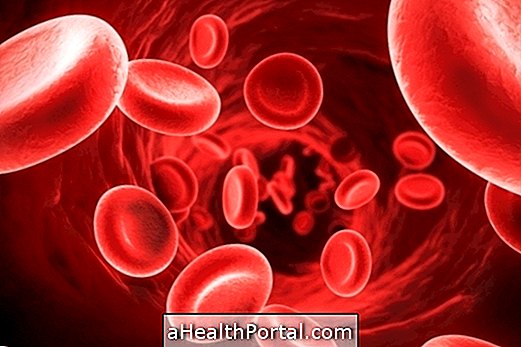The CA 125 exam is widely used to check a person's risk of developing some diseases, such as ovarian cancer, endometriosis or ovarian cyst, for example. This test is done from the analysis of a blood sample, where the concentration of CA 125 protein, which is normally elevated in ovarian cancer, is measured and considered a marker for this type of cancer.
Although the concentration of CA 125 is above 35 U / mL in certain situations, it does not indicate that it is the only diagnostic tool, and it is necessary to perform other tests to arrive at a diagnostic conclusion. However, this test can be used to evaluate a woman's risk of developing uterine or ovarian cancer, for example, since women with elevated CA-125 levels are generally more likely to have these cancers. See the key signs of ovarian cancer and endometriosis.
The exam costs an average of R $ 75.00, however the price may vary according to the location and laboratory in which it is performed, although it is offered by SUS.
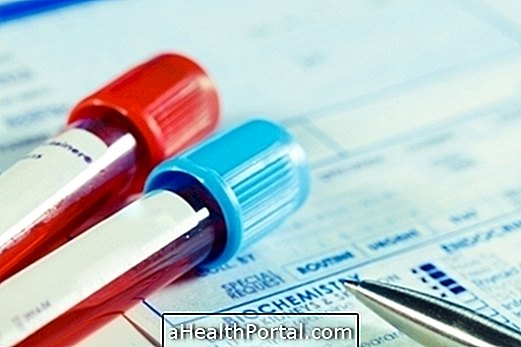
What is it for
The CA 125 exam is requested by the physician primarily to assist in the diagnosis of ovarian cancer and to monitor the development and response to treatment. In addition, this test may be requested to identify ovarian cancer, endometriosis, pancreatitis, pelvic inflammatory disease, cirrhosis and ovarian cyst along with other tests, as the concentration of this protein in the blood is also high in these situations.
How is the exam done?
The CA-125 is usually made from a small sample of blood taken with a syringe, as in any blood test, which is then sent to the laboratory for analysis. This examination can also be done from the analysis of the chest fluid or the abdominal cavity.
The test does not require a fast and the result is usually released after 1 day depending on the laboratory in which it is performed.
What may be the result changed
The normal value of CA 125 in the blood is up to 35 U / mL, being values above that considered altered and, in most cases indicative of ovarian cancer or endometriosis, the doctor should request other tests to arrive at the final diagnosis.
In addition, when the test is used to evaluate cancer treatment, decreasing values usually indicates that the treatment is being effective. On the other hand, when the increased concentration of the protein in the blood is verified, it may mean that the treatment is not being effective, it is necessary to change the therapeutic approach, or even to indicate metastasis.
Learn about other tests that help identify different types of cancer.
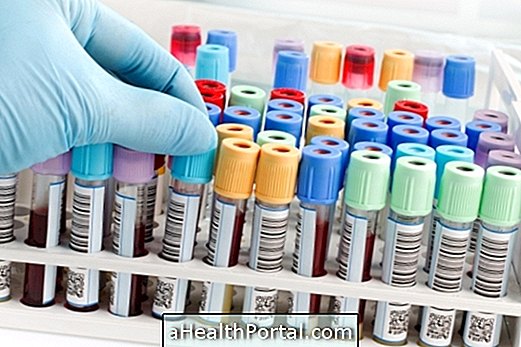

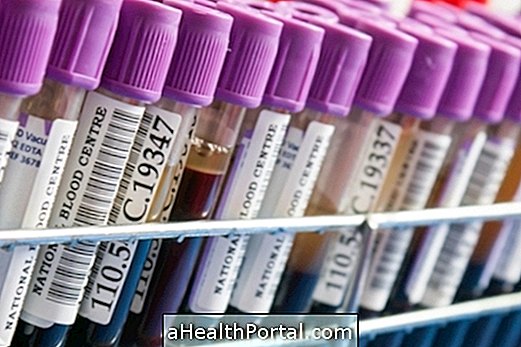


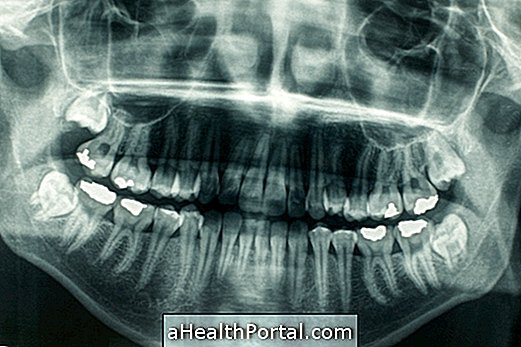

-o-que--sintomas-e-tratamento.jpg)




